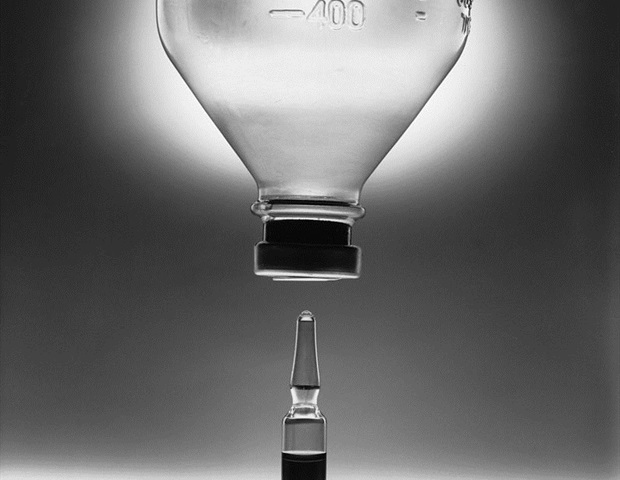
In one of the largest follow-up studies to date, involving 25 pediatric hospitals, more than a quarter of children and adolescents hospitalized with coronavirus infection early in the pandemic still had health problems two to four months later, either persisting symptoms or activity impairment. The study, led by Boston Children’s Hospital, is published August 12 in the journal Pediatrics.
As part of the national Overcoming COVID-19 study, investigators led by Adrienne Randolph, MD, MSc, of Boston Children’s surveyed family caregivers of patients under age 21 who were hospitalized with COVID-19 or multisystem inflammatory syndrome in children (MIS-C). The study period ran from May 2020 to May 2021, before vaccines were available. Of 358 patients, the researchers got survey responses for 279, or 78 percent.
Of these children and youth, roughly 40 percent were hospitalized with acute COVID-19 and roughly 60 percent with MIS-C. Fifty percent and 86 percent, respectively, were admitted to the intensive care unit.
At two- to four-month follow up, 27 percent of patients with acute COVID-19 and 30 percent of those with MIS-C had persistent symptoms, activity impairment, or both.
Almost three quarters were back to baseline, which is reassuring. But unfortunately, more than one in four were not. Although this is much better than many reports in hospitalized older adults, it is still very worrisome. The risks of severe illness and lingering complications are higher than the risk of complications from the vaccine, which are very rare.”
Adrienne Randolph, Boston Children’s Hospital
Of the children and adolescents with lingering symptoms, the most common symptoms were:
- fatigue or weakness, affecting 11.3 percent of those with COVID-19 and 20 percent of those with MIS-C
- shortness of breath (9.2 percent and 2.5 percent, respectively)
- cough (9.2 and 2.5 percent)
- headache (8.4 and 7.5 percent)
- muscle and body aches (5 and 3.1 percent)
- fever (2.5 and 0.6 percent).
Activity impairment was somewhat more common after MIS-C (affecting 21.3 percent) than after acute COVID-19 (14.3 percent). According to caregiver reports:
- 6.7 percent of the COVID-19 group and 14.4 percent of the MIS-C group could not walk or exercise as much as before.
- 6.7 and 7.5 percent, respectively, were sleeping much more than usual.
- 4.2 and 3.8 percent, respectively, had difficulty getting schoolwork done or felt distracted and unable to focus.
Three factors predicted an increased risk for a prolonged recovery or activity impairment:
- more organ system involvement in patients with acute COVID-19
- underlying respiratory conditions (usually asthma) in patients with MIS-C
- obesity in patients with MIS-C.
Randolph notes that this study was limited to children and adolescents who needed to be admitted to the hospital, and that it took place early in the pandemic; most were admitted before the Delta surge.
“We’re in the process of analyzing more recent data covering the Delta period and part of the Omicron period, including effects on health-related quality of life,” Randolph says. “I think it’s possible there will be differences. It’s important to understand how all the different variants affect children and to track how effective vaccination is in preventing long-term complications.”
Ongoing investigations led by Boston Children’s are also looking at neurologic complications of acute COVID-19 and MIS-C using detailed neurocognitive testing, Randolph says.
“Now that vaccines are available, I strongly recommend that children and adolescents get vaccinated,” she says. “We know that patients can be re-infected even if they’ve had COVID-19, and we previously showed that vaccination can prevent MIS-C and severe COVID-19.”
Aline Maddux, MD of the University of Colorado School of Medicine and Children’s Hospital Colorado was first author on the current study. The study was funded by the Centers for Disease Control and Prevention (to Boston Children’s) and the Eunice Kennedy Shriver National Institute of Child Health and Human Development (K23HD096018, to Maddux).
Source:
Boston Children’s Hospital

 PARENTING TIPS
PARENTING TIPS PREGNANCY
PREGNANCY BABY CARE
BABY CARE TODDLERS
TODDLERS TEENS
TEENS HEALTH CARE
HEALTH CARE ACTIVITIES & CRAFTS
ACTIVITIES & CRAFTS

